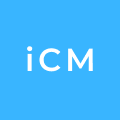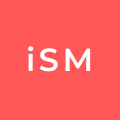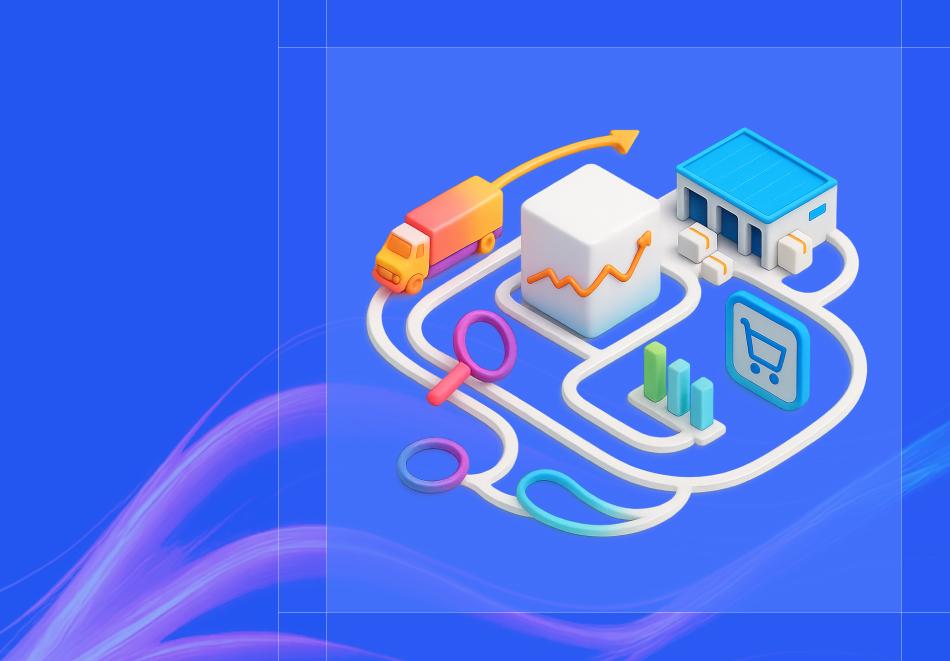Introduction
Covid-19 and its variations, a trade war with China and ongoing cyber attacks are just some of the problems supply chain managers are still facing in 2021. Similar issues may occur at any time making supply chain managers nervous and cautious.
One way to improve overall supply chain performance is through accurate data collection plus improved vendor communications. Knowing what you need and when you will need it is important to keeping inventories under control.
Working closely with vendors is especially important when seeking diverse raw materials and active pharmaceutical ingredient (API) sources. Being able to pivot from a supplier in one country to a different firm halfway around the globe can make the difference between a happy customer and an unhappy one. Having more than one source helps make your supply chain resilient.
Critical components of a secure supply chain are:
- Accurate, real-time data available to decision makers any time, anywhere
- Detailed knowledge of each supplier and who supplies them
- A diverse, geographically spread-out network of suppliers
- Sharing appropriate data with vendors to ensure adequate inventories
Figure: 1Critical components of a secure supply chain are:
All of this is based on data available through Internet of Things (IoT)-connected devices.
Data Collection in the Digital Age
The IoT lets companies connect real-time monitoring devices to a wide range of production machines. Each IoT device can then be connected to a Microsoft Azure IoT hub. The hub can signal when completing a manufacturing process or reaching an inventory threshold, for example.
Each data point goes into a secure, cloud-based network allowing authorized users to see the real-time progress of each production run. When appropriate, that data can be shared with vendors. Sharing select data with vendors lets companies maintain balanced inventories, informing them when supplies of a particular precursor chemical are running low, for example.
Performance data from many individual machines can be combined into one real-time data stream. When it is analyzed by as Microsoft Dynamics 365 Supply Chain Management inventory forecasting tools, pharmaceutical manufacturers can then reach out to their diverse vendor base, ensuring a constant flow of raw materials.
The same general process for raw materials coming into a plant applies to finished products leaving it.
D365’s Supply Chain Management module includes inventory tracking tools. Pharmaceutical manufacturers will know where every labeled and scanned product is at any point in time.
For example, say a company has part of a product manufactured in Asia and then sent to Europe for additional assembly. A Supply Chain Management dashboard containing data from a Microsoft Power BI report can let a company know of a major shipping delay, such as the Suez Canal blockage last year. Having all of this information in one spot at one time lets company leaders decide if they want to wait for the blockage to get fixed or ship the materials by air.
Having a diverse supply chain in terms of raw material providers and finished product shippers provides additional options and security.
Supplier Knowledge
The more a company knows about its suppliers, the better prepared the company is when disaster strikes.
In an article on supply chain mapping, Sedex states companies should:
- 1Learn where primary suppliers and their suppliers are located. Having detailed supplier records helps accomplish this task.
- 2Integrate this information into a single data source.
- 3Conduct a risk assessment to determine where to focus their attention next.
- 4Research each supplier so your company is aware of any risks to them.
Enterprise Resource Planning (ERP) tools such as Microsoft Dynamics 365 Supply Chain Management provide a single shareable data source. If, for example, a trade war breaks in one region, a company can sort through its supplier list and find out which companies are affected.
XcelPros has a unique approach to ensuring decision makers have information critical to them. XcelPros can create analytic reports using intelligence gathered in Microsoft Power BI. The reports can map geographic locations, such as those of raw material providers. The Power Bi report is then embedded in a D365 Supply Chain Management dashboard, giving executives “at a glance” views.
Combining the artificial intelligence capabilities of Supply Chain Management with the analysis functions of Power BI lets executives know what is happening in terms of potential supply chain disruptions and where they might occur.
Power BI features include:
- Transforming data in shareable graphics
- Explore data obtained from many sources
- Share customized dashboards and data, such as between Sales and Inventory Control
Having geographically-dispersed vendors also helps.
Supply Chain Diversity
What happens when your primary API supplier’s workforce is decimated by another round of coronavirus infections? For example, say Supplier A does not have enough healthy workers to produce the quantity of essential materials at the right quality point. If your company has other vendors who can fulfill your order requirements, nothing changes with your customer. If you don’t have back-up suppliers or ways to get the finished products to them, it could cost you.
A study by the Hackett Group found that those with a diverse supply chain had lower overall operating costs and spent 20% less on buying.
Effects include a higher return on investment (ROI), lower prices to the manufacturer’s customer and improved customer service, an article in Supply Chain states.
Working with small and medium-sized business suppliers (SMBs) has several advantages over only dealing with large multi-nationals. These include:
- Efficiency at the local level
- Innovative services
- Faster delivery when the SMB is closer to the plant
Figure: 2Advantages of working with SMB Suppliers
“The companies that build resiliency into their supply chains will be best positioned for success and growth as they will have an adaptive advantage in the face of change and volatility,” Supply Chain states. Having options in terms of near-shore and off-shore suppliers lets, “companies spread their risk, mitigating the impact that social, political and geographic incidents could have on raw material price and availability.”
Supply chains that are diverse in terms of location and their ability to provide raw materials and precursor chemicals give pharmaceutical manufacturers the ability to survive disruptions.
Having this information is one thing. Letting the people who have what you need in time to get it to you is also vital.
Supplier Communications
“Effective communication between buyers suppliers helps support long-term goals by building a strong and trusting relationship in which both parties are comfortable sharing information and working together to support these goals,” a report by the ISS Group states.
“Communication builds trust and ineffective communication demolishes it,” a Canadian Center for Science and Education report cited by ISS states.
Giving suppliers advance knowledge of the types and quantities of needed materials can prevent potential problems, such as running out of stock. Companies can improve risk management when vendor communications share real-time data over a secure, cloud-based network. Microsoft D365 provides the data sharing and security functions required by today’s top pharmaceutical manufacturers.
Dynamics 365’s Finance module provides data sharing between a company and up to 15 legal entities. For example, a pharmaceutical manufacturer wants to share some inventory information with a partner to ensure the production plant has enough raw materials on hand for a special project. D365 Finance permits sharing the reference and group data but not transactional information like the name of the customer requesting the project.
Sharing the information between a manufacturer and its vendors is based on an important assumption: there is accurate, timely data.
Supplier communications also lets companies monitor product quality. Quality assurance is critical, especially in terms of medicines, drugs and other pharmaceutical products requiring regulatory compliance.
Summary
Supply chains can be very fragile as the debacles from 2020 have proven. Having accurate inventory information, knowing how each supplier is affected by activities and events beyond their control and communicating with them will help make your supply chain more resilient.
Book a assessment to get started with our data management solutions built for supply chain resiliency.










